A
…Anger, Anxiety & Avoidance…
ANGER
For some people anger is one of the scariest emotions to experience, whether in life or therapy. Maybe the person has had bad experiences with anger in the past: anger leading to violence or aggression, perhaps. Or maybe the inverse: they have never experienced it and so presume it must be cataclysmic if ever unleashed.
In fact, anger is an emotion which is - at least intrinsically - no better or worse than any other (sadness, happiness, relief, embarrassment) and yet for many of us it is the most fear-inducing of them all. How we personally read anger can vary wildly: for some it is synonymous with shouting or violence, for others silence is the most intimidating.
Therapy can be a great place to dare to express it; to practice allowing it out – safely and honestly – and discovering, if your therapist can help you, that it is not the same thing as violence and that its release can be just as relieving as a good cry.
ANXIETY
Anxiety is the petrol of most therapy: the basis for seeking it, the fear of pursuing it, the recurring feeling in the early days of it (and sometimes beyond). Indeed, the act of talking to a stranger about deep, personal, under-explored material is intrinsically anxiety-inducing for some people.
What clients often discover, though, is that navigating the anxiety with their therapist in support (“I’m feeling this” “When you said that, just then, it made me feel this”; “My heart is racing now” “My throat is tightening” “I’m finding it hard to look at you”) can, counter-intuitively alleviate it. Anxiety is the schism between the now and the later, or between the certainty and the maybe, and is often firmly based in anticipation (“What if I say this?” “What if this happens?” “What if he responds like that?”).
Letting your therapist encourage you to gently walk through the scary terrain, with him or her walking alongside you, knowing you can always stop or turn back if it gets too hard, is often what allows anxiety to begin to be taken control of rather than it controlling you.
AVOIDANCE
It is not untypical for an exchange in a therapy session to go something like this:
Therapist: So was your mother a good mother do you think?
Client: She did her best.
or
Therapist: What feelings does that bring up for you?
Client: It makes me think of a time when….
or even
Therapist: Do you think such-and-such might be going on here?
Client: I’ve never thought about. Changes subject.
All of these, and thousands of others, are examples of avoiding a question. This is, of course, fine; nobody is obliged to say anything they don’t want to. But it is often important to notice oneself doing it (sometimes with the help of the therapist) and to wonder why. Is it the sort of question they would avoid with anyone? Is it a question they fear might open up an uncomfortable avenue of exploration? Does the answer, if expressed, feel dangerous in some way?
Politicians dodge questions to avoid getting into trouble, and usually do it consciously. Clients often slide away from uncomfortable questions for complicated reasons, and usually unconsciously. The motivation for the dodge is often more helpful to the therapy than the material being side-stepped. Avoidance is a message. It is good to try and wonder, together, what it might be.
NEXT WEEK: B
Body, Body Language, Bravery
